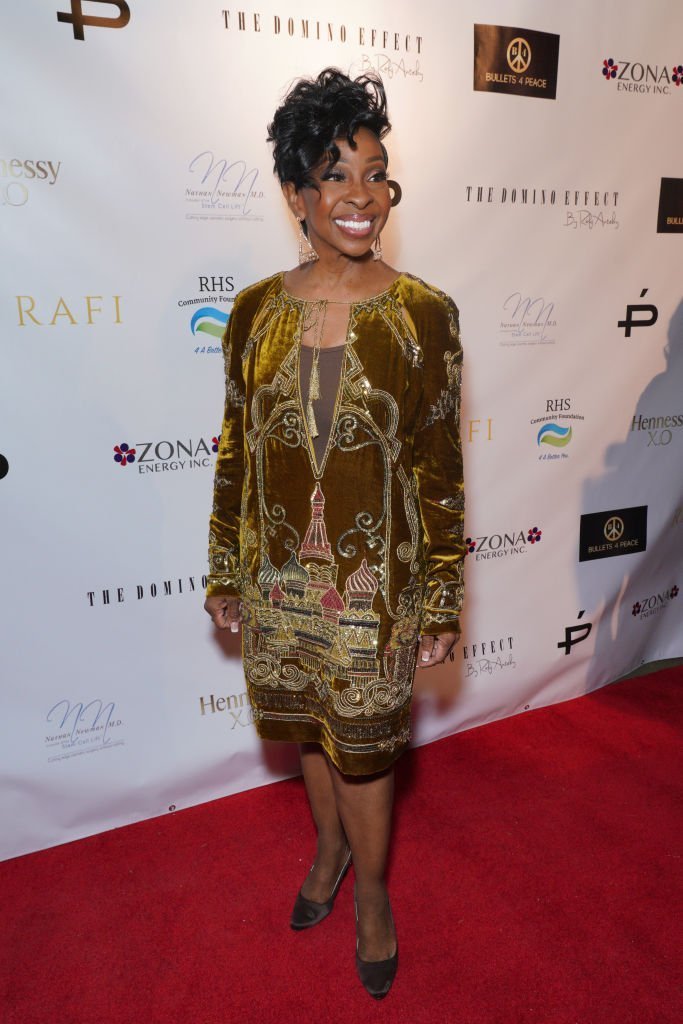

The scholar Mark Anthony Neal has written that Knight was “the female voice of the Black working class in the 1970s”-more grounded than either the divine Aretha Franklin or the glamorous Diana Ross-and the group’s sensibilities were also working-class. (William stayed, and Brenda and Eleanor were replaced by another cousin, Edward Patten.) After years of touring, the group signed with Motown in 1966 and released “I Heard It Through the Grapevine.” But Motown prioritized other stars (like the Supremes and Marvin Gaye, who made “Grapevine” an even bigger hit), so they left for Buddah Records in the early seventies, which became the site of their greatest creative control and commercial success. The group had formed at a birthday party in their home town of Atlanta in 1952, when Knight and her older brother Merald, known as Bubba, then eight and ten, respectively, joined forces with their sister Brenda and cousins Eleanor and William Guest. Not only had they stayed together while many other singing groups had broken up, they were show people in the mold of their legendary trainer, the choreographer Cholly Atkins-amid the sober, cerebral aesthetic of artists like Roberta Flack and Gil Scott-Heron, they still seemed genuinely happy to be onstage. They broke through not by singing protest anthems (their biggest message song, “Friendship Train,” encouraged everyone to get along) but by advancing a wholesome yet gender-progressive image of pro-Black excellence.īy 1973, when Gladys Knight and the Pips released their biggest hit, “Midnight Train to Georgia,” and Phyl Garland, a critic at Ebony, deemed them “the best soul group of the day performing at its peak,” they were already something of a throwback. (The latter includes both Sly and the Family Stone’s performance of the interracial solidarity of “Everyday People” and Nina Simone’s recitation of a poem asking Black people if they were ready to kill.) Yet neither film knows quite what to do with Gladys Knight and the Pips-a group that, although it had begun in the nineteen-fifties, and recorded hit singles in the nineteen-sixties, didn’t take off until the early seventies. Soul!,” about the “Soul!” host Ellis Haizlip, and this year’s “ Summer of Soul,” a documentary about the 1969 Harlem Cultural Festival. Two recent soul documentaries tell a more nuanced story: the 2018 film “ Mr.

But stories about soul also enforce a simple binary that Gladys Knight and the Pips resist, wherein supposedly assimilationist Motown entertainers such as the Supremes and nineteen-sixties Stevie Wonder are succeeded by unapologetically Black, conscious artists such as Nina Simone, James Brown, and nineteen-seventies Stevie Wonder. Histories of pop music tend to favor individuals over groups: Sam Cooke over the Soul Stirrers, Patti LaBelle over the pseudonymous trio in which she started out. “You’re like a diamond,” Knight declared, pointing a finger to the sky then shimmying her hand to signal the glimmer-“but she treats you like glass! Yet you beg her to love you-ha!-but me you don’t ask.” She’s not upset, she’s dancing, at least as much as the small stage permits she rows her torso forward, and sends up another vocal firework: “If I were your woman-woo!” By now it’s clear that Knight is not on the sidelines of anything, and that if she’s anyone’s woman, she belongs to-or, rather, is meant to shine with-the Pips.ĭespite their extraordinary talent, Gladys Knight and the Pips have been more beloved by fans than respected by music historians.

Knight wore a low-cut, ankle-length purple dress, and her princess-style hairdo was fastened with a matching bow the Pips (all men) looked sharp in cream-colored turtlenecks and dark suits. In 1972, Gladys Knight and the Pips appeared on the television show “Soul!,” where they performed, among other hits, “If I Were Your Woman,” a ballad in which the singer tells a man who is already taken that he deserves better he deserves her.


 0 kommentar(er)
0 kommentar(er)
